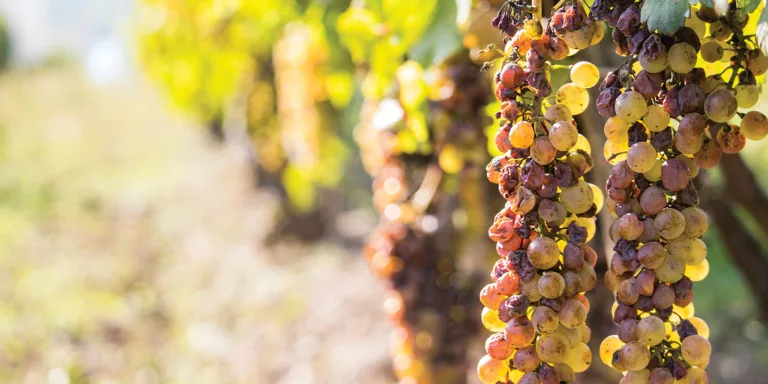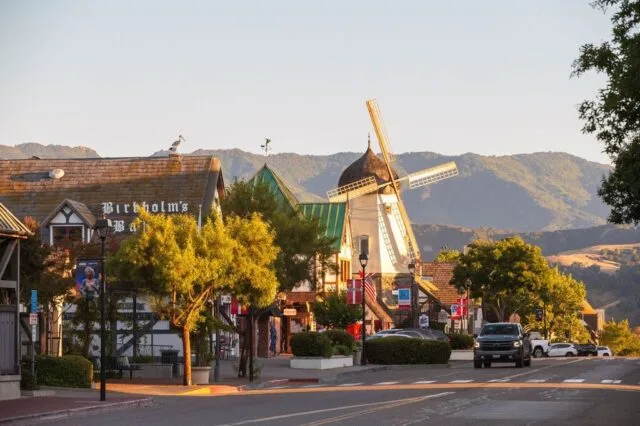The act of soil creation is one of constant destruction. Material melted in Earth’s mantle erupts through holes, fissures and formations in a slipping and sliding surface, cools and is broken down into ever finer soil, which contains the nutrients a plant, such as a grapevine, needs to survive. It’s almost as if Bacchus himself coordinated this dance, directing geysers of molten lava to form hills, valleys, bowls, benches. And eventually, sometimes, they become vineyards.
“Every act of creation begins with an act of destruction.”
–Pablo Picasso
Surely, when Picasso said those words, he was not thinking of the eons of cataclysmic upheaval that formed the Earth billions of years ago. However, his sentiment still rings true: The old must be transformed (or destroyed) to create something new.
Our planet is a master of said transformation. It continually recycles, reshapes and reforms itself, often violently so, like a pyroclastic Slurpee machine, churning the geologic goodies to the benefit of our vineyards. Perhaps the most commonly conjured example is the Earth’s earliest formative origins, that is: a once destructive hells-cape filled with massive volcanic eruptions, spewing lava and scalding ash raining down. “Think: the fires of Mount Doom,” says Jackson Rohrbaugh, MS, referring to the volcano of Mordor raining cinders and “rivers of fire” in The Lord of the Rings when describing the molten setting.
You May Also Like: Regenerative Certifications Are Booming Right Now. Are They Worth It?
Not an LOTR fan? Then maybe
This Article was originally published on Wine Enthusiast





